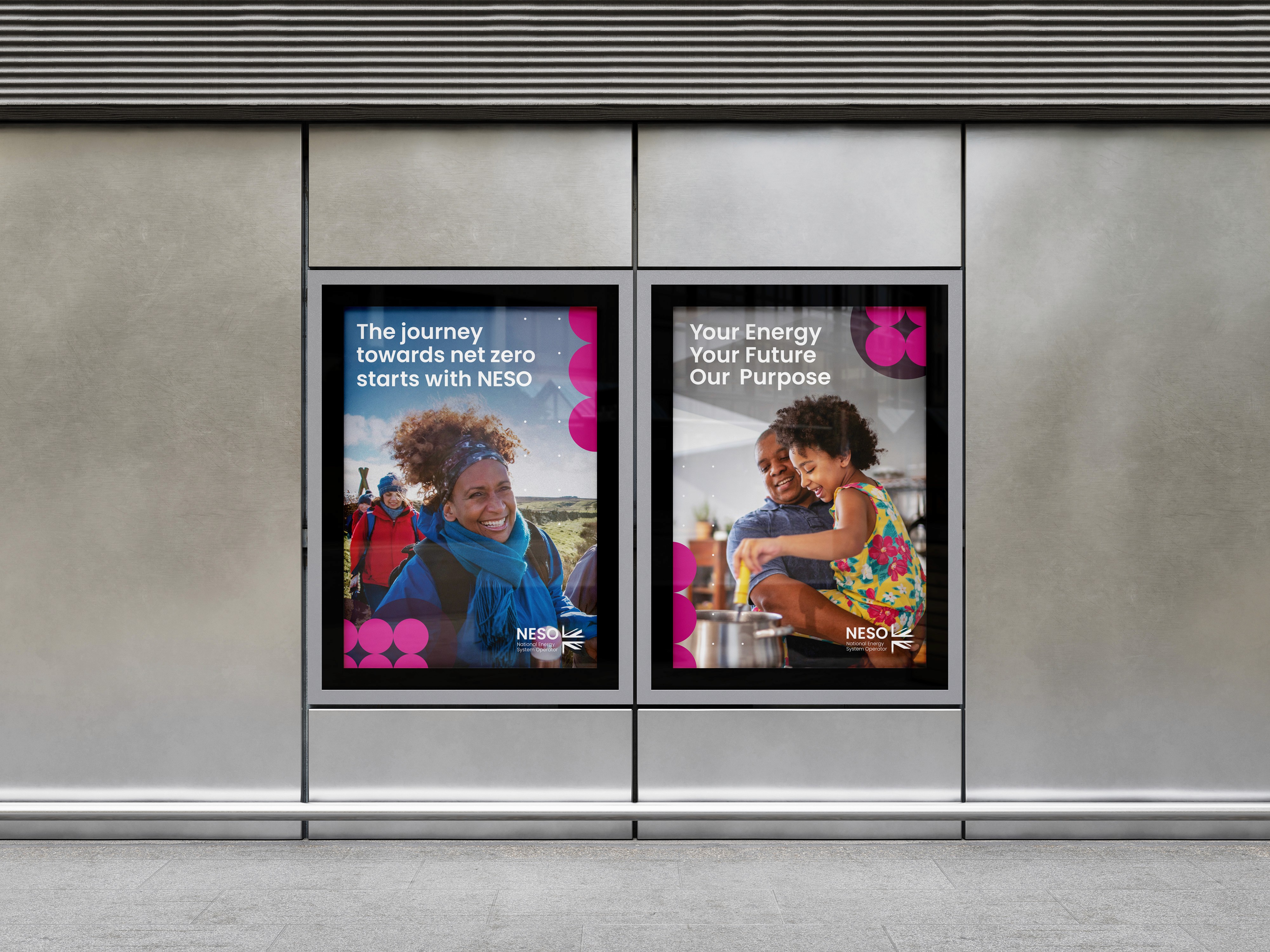Turn up the volume: Why sound off advertising is killing the magic
Written by: Joss Freestone
It’s not exactly groundbreaking: sound and particularly music leave a lasting impact on the listener.
Sounds deliver neural stimulation - good music increases blood flow to brain regions that generate and control emotions. Look at a CT scan of someone’s brain when they are listening to music they like, and you can see it light up as the brains limbic system responds to aural stimulation.
Use of music and sound is memorable; it prompts passion and emotion and has been the guiding light for so much brilliant advertising over the past 50 years. Would Guinness’ Surfer have generated such a visceral reaction without the pounding of the relentless drums? Would mid-noughties McDonalds’ have turned their fortunes around without the irresistible catchiness of the ‘I’m lovin’ it’ jingle?
Audio working hand in hand with a strong narrative and visual direction has been a mainstay to brilliant advertising for years, so why has it seemed to slip away?
Breaking through the silent scroll
As with all evolutions in advertising and comms, technology has driven disruption and behaviour change. The endless (and quickening) social scroll lending itself to short bursts of visual stimulation and constant casual browsing demanding sound off viewership, with TikTok being a notable exception. This user behaviour has impacted professional capacity, the wider industry seems to be lacking in great sound editors recently.
There are opportunities for brands though, to stand out (and be heard) through the clever and exciting use of audio. M&S have built a creative empire through the seductive use of ASMR inspired sound clearly aligned to the visceral impact of food. The theory here? If it sounds great and looks great, it’s going to taste great. The brilliant soundtrack and editing to Monzo’s ‘Money never felt like Monzo’ campaign hits like a Berlin nightclub and even manages to stand out amongst the chaos in your TikTok feed. Even more sneakily, Burger King utilised the ‘Ok Google’ voice prompt in a US TVC prompting Google Homes across the nation to respond; certainly memorable but maybe a bit invasive?
An immersive opportunity
So, what can brands do to maximise the opportunities afforded by good use of audio? As with any format, be creative, play with emotion and find ways to elevate your existing assets.
Eulogy recently launched a Christmas campaign for American Express’s Member get Member referral programme where the hero paid social videos were extended and custom audio was created for the distinctly sound on environment of BVOD.
The film’s viewers on Amazon Prime had the same narrative as their paid social equivalents but with a much higher level of immersion given by the music and audio mix.
Having distinctive sonic branding or an audio logo is another easy win; it’s ownable, can be consistent across channels (from podcast ads to TVCs) and utilises the brains limbic system to increase brand affinity and recall.
There is always value in leveraging trends to inform audio comms. ASMR was clogging up feeds a long time before M&S realised its impact, likewise ubiquitous nostalgia inspired synths are very much inspired by Gen Zs wistfulness for the 80s.
Whatever direction brands choose to take, it’s those who focus on the creative possibilities of audio who will cut-through and stand out – or perhaps we all just need to stop scrolling in silence and start listening.





